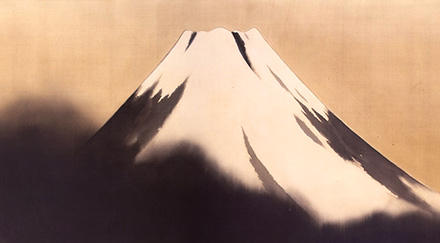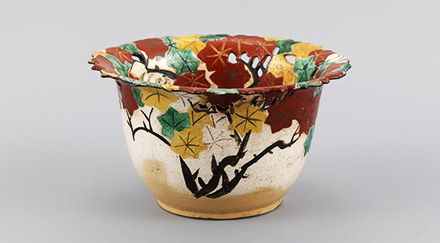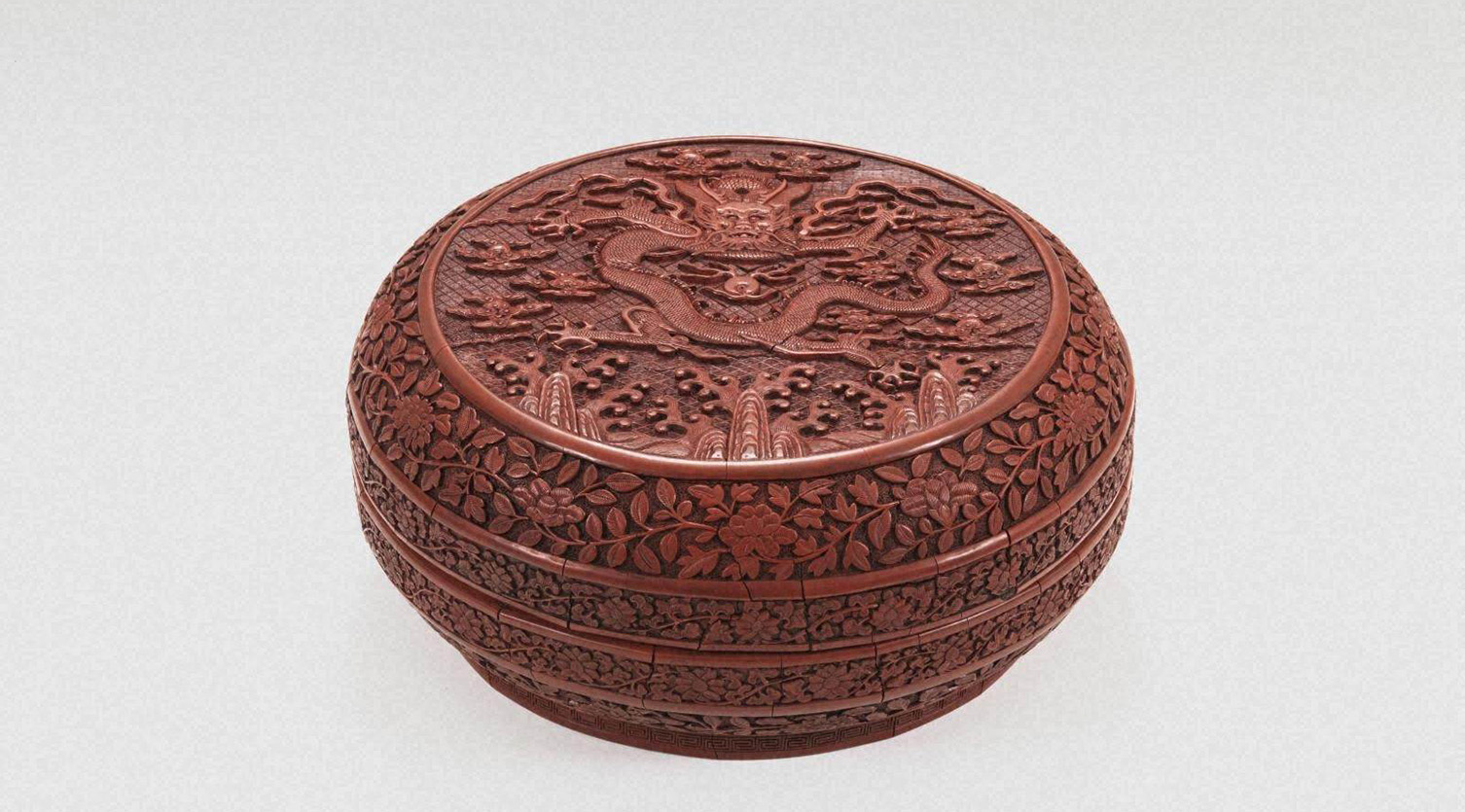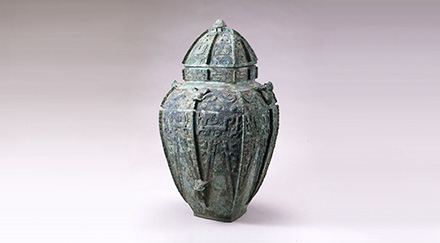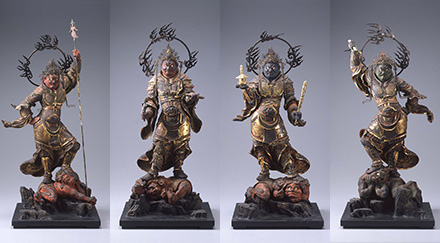The SAMURAI -Samurai Paintings and Works by Warrior Class Painters-
October 02 (Saturday),2021~February 27 (Sunday),2022
‘Samurai’, a term now known throughout the world, brings to mind a range of images from the warring lords who lived through the Sengoku period, to the samurai characters in period dramas, as well as present-day athletes. ‘Samurai’ and the word ‘bushi’ used interchangeably have carried different connotations at different points in history and likewise have been portrayed in various ways in art.
The exhibition will showcase approximately 30 samurai-themed paintings and craftworks centered around ‘paintings depicting bushi’, such as Yoritomo, Yoshitsune and other heroes of the Minamoto clan, the dignified processions of the daimyos (feudal lords), the majestic horse festivals and gruesome battles, featuring ‘works by warrior class painters’, Watanabe Kazan marking the 180th anniversary of their deaths and Utagawa (Ando) Hiroshige, as well as folding screens related to buke (samurai family) and bugei (use of arms).
In the land of Hakone, with a deep connection to samurai history, where the Hakone Shrine associated with Minamoto no Yoritomo and the Soga brothers sits atop a mountain, and located close to the Ishibashiyama historic battlefield and Odawara Castle, we hope you will enjoy the world of SAMURAI which established the history of Japan.
Feature Exhibit – Chinese Celadon
Among the vast array of Chinese ceramics with their remarkable long history, celadon developed and flourished over many years. Since ancient times, while pursuing the ideal color, a plethora of celadon wares with refined shapes and patterns were created using advanced techniques. Celadons were highly prized as sublime pottery by successive emperors of China.
Introduces some of the artworks currently on display.


‘Tale of the Heike' [Verso: ‘Tale of Genji' Paintings and ‘Hyakunin Isshu' (Anthology of Single Poems by One Hundred Poets) Calligraphies]
Early Edo period 17th century

Katsushika Hokusai
Night Attack at the Horikawa Residence
Late Edo period first half of the 19th century

Zôhiko (Nishimura Hikobei VIII), Segawa Shôryû
Stationery and Writing Utensil Boxes with Scenes of Minamoto no Yoshiie at the Battle of Ōshū
Meiji - Shōwa periods 19th-20th century

Battle Scene
Momoyama period to beginning of Edo period 16th-17th century

Iwasa Matabei
Fragment of aTale of Horie Handscroll
Early Edo period mid-17th century

The Emperor’s Formal Visit to Nijo
Edo period 17th century

Chasing Horses in Soma
Mid-Edo period 18th century

Watanabe Kazan
Insects and Fish
Edo period 1841 (Tenpō 12)

Utagawa Hiroshige
Tôkaidô Gojûsantsugi (The 53 Stations of the Tôkaidô)
Edo period 1833-34 (Tenpō 4-5)

Sakai Hōitsu
Moon and Autumn Grasses
Edo period 1825 (Bunsei 8)

Yaozhou ware
Ewer with Carved and Incised Peony Scroll Design
Five dynasties to Northern Song dynasty 10th - 11th century

Ru Ware
Bowl
Northern Song dynasty 11th-12th century

Longquan ware
Gourd-Shaped Vase with Applied Peony and Chrysanthemum Scroll Design
Southern Song to Yuan dynasties 13th-14th century-


‘Tale of the Heike' [Verso: ‘Tale of Genji' Paintings and ‘Hyakunin Isshu' (Anthology of Single Poems by One Hundred Poets) Calligraphies]
Early Edo period 17th century -


Night Attack at the Horikawa Residence
Katsushika Hokusai Late Edo period first half of the 19th century -


Stationery and Writing Utensil Boxes with Scenes of Minamoto no Yoshiie at the Battle of Ōshū
Zôhiko (Nishimura Hikobei VIII), Segawa Shôryû Meiji - Shōwa periods 19th-20th century -


Battle Scene
Momoyama period to beginning of Edo period 16th-17th century -


Fragment of aTale of Horie Handscroll
Iwasa Matabei Early Edo period mid-17th century -


The Emperor’s Formal Visit to Nijo
Edo period 17th century -


Chasing Horses in Soma
Mid-Edo period 18th century -


Important cultural property
Insects and Fish
Watanabe Kazan Edo period 1841 (Tenpō 12) -


Tôkaidô Gojûsantsugi (The 53 Stations of the Tôkaidô)
Utagawa Hiroshige Edo period 1833-34 (Tenpō 4-5) -


Moon and Autumn Grasses
Sakai Hōitsu Edo period 1825 (Bunsei 8) -


Ewer with Carved and Incised Peony Scroll Design
Yaozhou ware Five dynasties to Northern Song dynasty 10th - 11th century -


Bowl
Ru Ware Northern Song dynasty 11th-12th century -


Gourd-Shaped Vase with Applied Peony and Chrysanthemum Scroll Design
Longquan ware Southern Song to Yuan dynasties 13th-14th century



